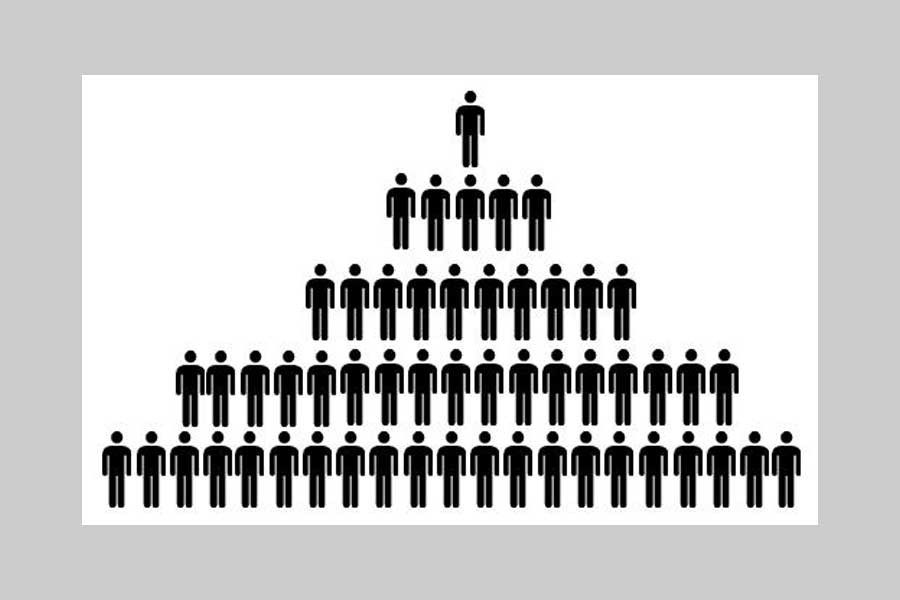Almost every country follows a development policy that forms part of the general economic policy. Where the development policy is comprehensive embracing all sectors, the latter is subsumed under it, making no distinction between the two. The best example of this is a national plan for accelerated development of the economy fixing target for each sector and allocating resources for necessary investment in them. A national plan for the development of the whole economy becomes a policy.
In erstwhile communist countries planning became the overriding policy to steer the command economy towards targeted goals and objectives. In social democracies where mixed economy model was adopted, planning as development policy directly controlled the public sector while guiding the private sector through various policy interventions. Thus a plan can be a policy in its own right when controlling the whole economy or it can be a series of polices under the plan.
But even when national plan encompasses the whole economy, policies are made within the framework of plan for realisation of objectives and fulfillment of targets. Policy, therefore, can be at work both at macro (national) or micro level (sectoral). The attributes and functioning of these two types of policies differ both qualitatively and quantitatively.
A five-year plan for a country embracing the whole economy as under the now-defunct Soviet model is a policy that takes concrete shape in terms of goals, objectives, targets, mobilisation and allocation of resources. Implementation of the goals and targets under this national plan is disaggregated into sectors according to the timeline of the five-year plan. Policies for implementation of sectoral programmes under the plan are formulated either at national level or at the level of authorities in charge of each sector.
Centralised decision-making in Soviet-type command economies did not leave any room for such decentralised policy making, dictating the actions to be taken down to the last detail. In mixed economies planning had both centralised and decentralised spheres. What is more, in mixed economies the non-state actors in the private sector had merely to follow the guidelines of national policy and thus had enough leeway to take day-to-day decisions. The more such autonomy was granted to local authorities and private sector, greater was the flexibility in policy-making, leading to efficient allocation of resources and efficiency in their use.
Policy under planned development can either place the whole economy into a straight jacket or be selective in its interventions for coordinated achievement of goals and objectives laid down in the plan. As centralised planning for command economy has been taken over by partial planning for mixed economies or free market economies, policies for development are becoming less comprehensive, opting for sectoral interventions through various incentives. In some countries central planning has been discontinued altogether, as in India under the present Government. In India and several other countries that have given up comprehensive planning, various policy instruments like budgets, monetary policy, export policy, etc., have been formulated to achieve the national goals. Whereas central planning set the targets and allocated resources, these are now been carried out through decentralised decision-making.
Planning for an economic policy goal (growth of GDP) in many countries have lost its former role and jurisdiction. But each policy that has taken its place, requires planning of some sorts for its implementation. Planning in this case may appear to play a secondary role, but it is a very important one. Planning under a policy may not guide and control the latter but it still remains crucial in the scheme of things providing targets and outlining strategy.
As free market ideology or economic liberalisation gains more control of economies, as it has done under globalisation, planning will be made to play a nominal role, reduced to programmes in laggard sectors. But the growing discontent with globalisation that has been seen recently, indicates that decentralised decision-making and carte blanche given to free market forces will be reined in, bringing back centralised policy-making within the framework of some sort of plan. Thus it may be too early to bid farewell to planning as policy used by governments that are not ideologically wedded to the concept and practice of the mechanism.
Developed countries may not consider this reversal from liberalisation as a return to planning but when policies cut across various sectors, they cannot be pigeon-holed into narrow confines. Policies taken at the same time across the board of the economy to turn the tide of globalisation amount to some form of planning. Granted, this is not the same as centralised planning of Soviet vintage. But policies embracing the whole economy look suspiciously similar to planning of yesteryears, albeit with a twist. So the time has not arrived to write an obituary on planning as a national policy.


